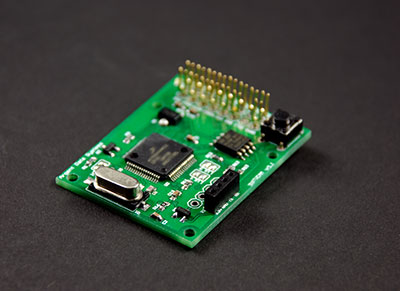GSR sensors are common in lie detectors and stress sensors. Moreover, the wrist bands that measure heart rate variability also use it.
This article takes a deep analysis of the GSR sensor basics. Keep reading for more information!
Contents
What is a GSR Sensor?
A GSR sensor is a sensor that measures the electrical conductance of our skin. Electrical conductance varies on the amount of moisture on the skin. The GSR sensors obtain values resulting from physiological or mental arousal.
Specification of the GRS Sensor
The GRS sensor specifications include:
- First, it has an operating voltage range of 3.3V to 5V. The sensor also has a current rating of 15 mA.
- Secondly, its sensitivity is adjustable via a potentiometer
- The finger contact material used in these sensors is nickel.
- In addition, its output signal is an analog reading regarding voltage.
- Lastly, a GRS sensor measures 6 × 5 × 2 cm and weighs 0.03 kg.
Special Offer: Get $100 off your order!
Email [email protected] to get started!
How Does the GSR Sensor Work?
GSR sensors use the exosomatic method to measure GSR signals. This method involves placing two electrodes that attach to two-finger straps and applying a constant voltage. It aims at measuring the current flowing through the electrodes.
The sensor applies a low constant voltage, usually 0.5 V, to the electrodes. Afterward, one measures the voltage difference between the electrodes. The sensor collects this data at a frequency of 1 to 10 Hz.
The fluctuation in the amount of current flow reveals changes in the electrical properties of the skin. When there exists low resistance on the skin, conductive voltage is high. It is usually due to an increase in sweat due to physical arousal.
GSR Sensor Interfacing With Arduino Block Circuit Schematic
The GSR needs interfacing with applications that control a variety of medical devices. It requires the involvement of microcontrollers like Arduino UNO and Mega boards.
The Grove - GSR Sensor requires 5 volts to work. The VCC pin on the GSR sensor side connects to the 5V on the Arduino side. The GND pins connect simultaneously. Finally, the SIG pin connects to the A0 pin on the Arduino board.
GSR Sensor With Arduino
It requires a code that interfaces the GSR sensor with Arduino UNO or Mega board. It entails defining several parameters, including integers for the sensor values.
Afterward, you run the code that you compile. It reads the values of the sensor on the Arduino board's analog pin A0. The code receives analog data (ranging from 0 to 1023), then converts it to analog voltage (ranging from 0 to 5 V).
The digital display displays the converted voltage. The values are responsible for conveying emotions toward sensory stimuli. Initially, the serial transmission speed is set to 9600 bps.
GSR Sensor With Raspberry Pi
In this, one requires three items for the hardware requirement: the Grove Base hat, the Grove - GSR Sensor, and the Raspberry Pi.
One starts by plugging the Grove Base Hat into Raspberry Pi. Secondly, connect the Grove - GSR Sensor to the A0 port on the Base Hat. Lastly, connect the Raspberry Pi to the PC through a USB cable.
To configure the development environment requires the software part. It entails following setting up software guidelines that the Raspberry Pi uses. One can download the source file. It is by cloning the grove.py library.
Once downloaded, one has to execute the commands to run the code.
Conclusion
We can use a GSR sensor to track sweat gland activity which connects to emotional arousal. The electrical characteristics of the skin are essential in determining GSR. Get in touch with us if you have any questions.
Special Offer: Get $100 off your order!
Email [email protected] to get started!







